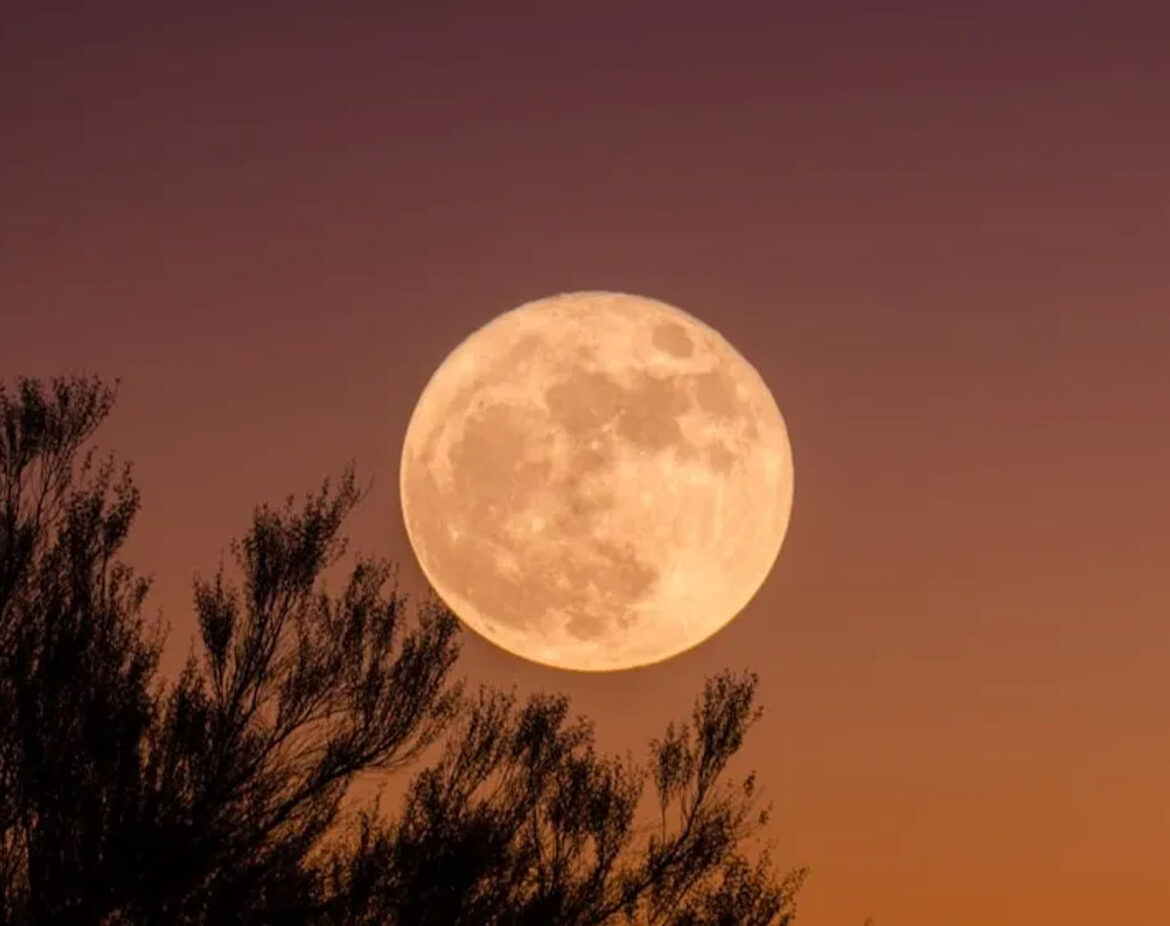Tonight, skywatchers will be treated to a spectacular celestial display as the final supermoon of 2024, known as the Beaver Moon, lights up the night sky. This remarkable event occurs when the moon reaches its full phase while at perigee, the closest point to Earth in its orbit.
The Beaver Moon this year will appear nearly 14% larger and 30% brighter than a typical full moon. Adding to the night’s allure, the Pleiades star cluster, or Seven Sisters, will be visible near the moon, enhancing the viewing experience with its distinct cluster of bright stars that can be seen with the naked eye.
Visibility in Pakistan:
Yes, the supermoon will be visible from Pakistan. The Beaver Moon will reach its peak at 2:58 AM PST on November 16. However, the best time to view it will be shortly after sunset on November 15, approximately 20 to 30 minutes after sunset, when the moon rises and appears particularly large due to the “moon illusion.”
Additional Night Sky Highlights:
Tonight’s celestial show includes four visible planets:
- Mercury: Low in the southwest, setting shortly after sunset.
- Venus: The brightest object in the southwest, visible soon after sunset.
- Saturn: Shining pale yellow in the southern sky until past midnight.
- Jupiter: Rising in the east a few hours after the moon and staying visible through the night.
Mars will join the scene just before midnight, adding a final touch to this extraordinary night of skywatching.
Earlier this year, notable supermoons included the Sturgeon Moon in August, the Harvest Moon in September, and the Hunter Moon in October. The Beaver Moon marks the fourth and last supermoon of 2024, promising an unforgettable conclusion to this year’s lunar spectacles.



